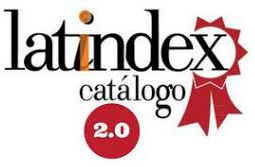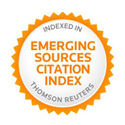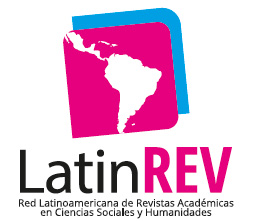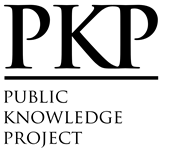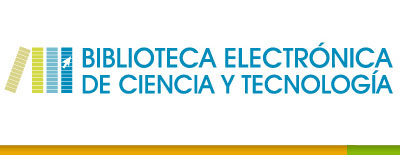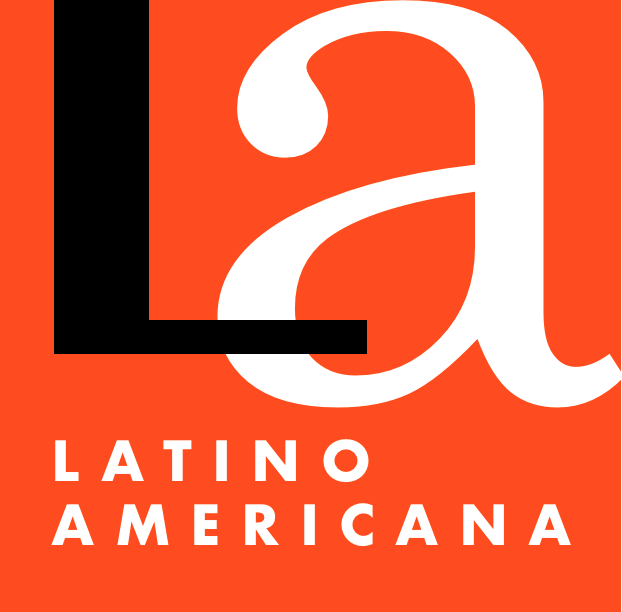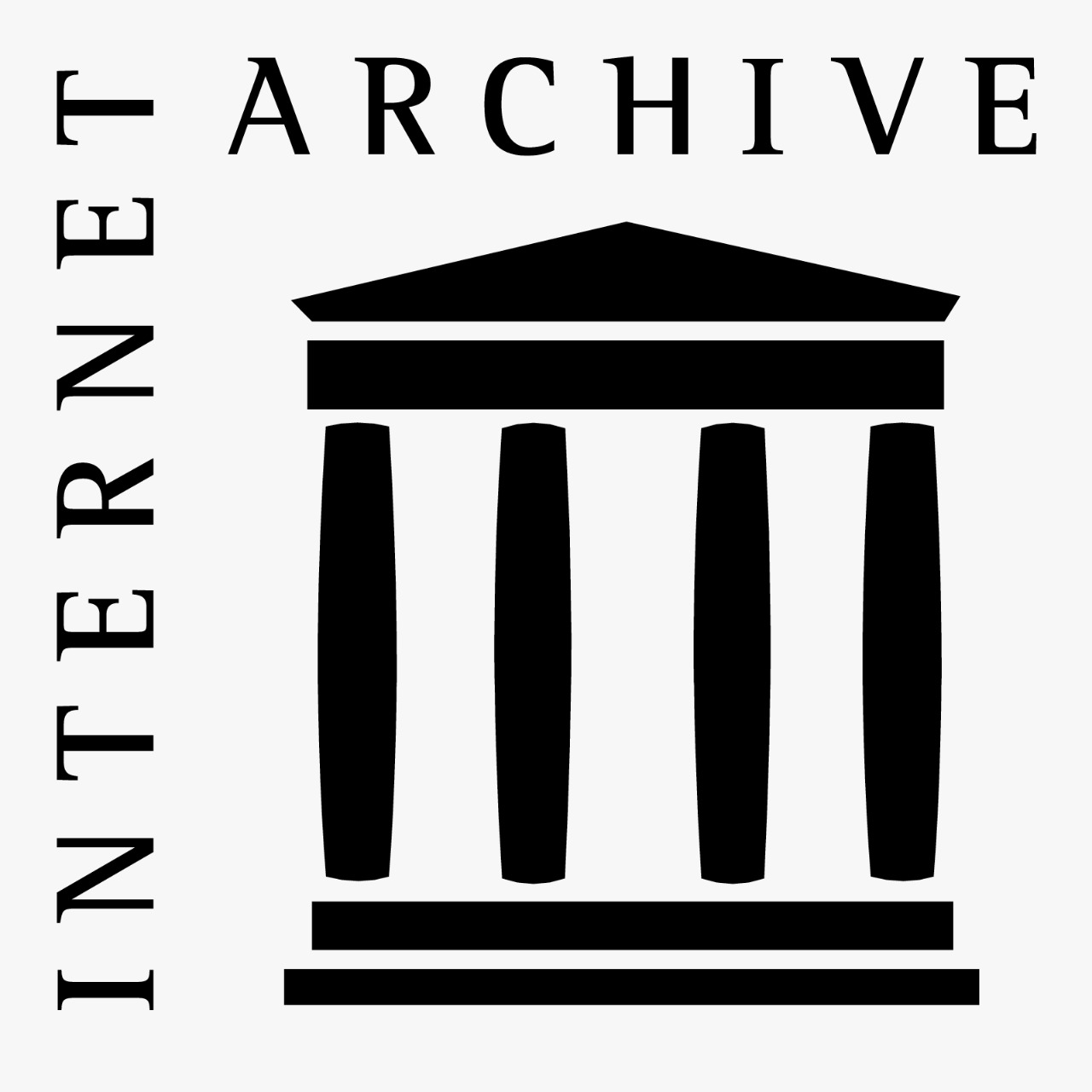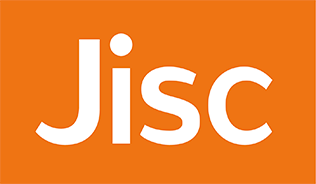La plataformización de la industria audiovisual del Estado y sus controversias
DOI:
https://doi.org/10.26422/aucom.2023.1202.rivPalabras clave:
plataformas, video a demanda, algoritmos, internet, industria audiovisual, medios públicosResumen
Los procesos de digitalización, convergencia y plataformización en curso han permeado y transformado el funcionamiento de las industrias culturales en cada uno de los eslabones de sus cadenas de valor. Aunque estas mutaciones afectan tanto a actores públicos como privados de cualquier parte del mundo, resultan más desafiantes para las industrias situadas en contextos geográficos periféricos con alta dependencia tecnológica y productiva de los principales países capitalistas centrales. Se observa así una problemática referida a las características de las relaciones que mantienen los actores que integran el complejo audiovisual nacional con las grandes plataformas de distribución, que definimos aquí como “extractivista” y asimétrica. En el marco de esa discusión mayor, esta revisión de la literatura se enfoca en un tipo particular de actor dentro del complejo audiovisual: aquellos que integran la industria audiovisual del Estado y producen, por lo tanto, contenidos públicos. En este punto, el artículo señala las posibles tensiones entre la lógica del funcionamiento mercantil de las plataformas globales y los valores que orientan y le dan sentido al servicio público audiovisual, como la inclusión, la calidad, el acceso universal y la diversidad. En este punto, el trabajo recoge una serie de experiencias, en particular del contexto europeo, que permiten identificar respuestas y estrategias de los medios públicos ante las plataformas y su programación algorítmica. El trabajo concluye que pese a las tensiones y amenazas que se producen a partir de la relación entre los medios públicos y las grandes plataformas, el nudo problemático central se sitúa en la persistencia de una relación marcada por la dependencia tecnológica y productiva como resultado de la ausencia de un “cibernacionalismo” en los países de nuestra región.
Descargas
Referencias
Albornoz, L. y Krakowiak, F. (2023). Democratising access to domestic audiovisual production in the digital environment: the case of the Argentinian VOD service Cine.Ar Play. International Journal of Cultural Policy. https://doi.org/10.1080/10286632.2023.2195421.
Baladron, M. (2019). El Plan “Argentina Conectada”. Una política de Estado desde la infraestructura de comunicaciones. Ciencia, Tecnología y Política, 2(2), 017. https://doi.org/10.24215/26183188e017.
Baladron, M. y Rivero, E. (2022). Los cables de la red, en pocas manos. Revista Hipertextos, 10(18), 061. https://doi.org/10.24215/23143924e061.
Becerra, M. (2015). De la Concentración a la Convergencia: políticas de medios en Argentina y América Latina (1a ed.). Paidós.
Becerra, M. y Waisbord, S. R. (2021). The curious absence of cybernationalism in Latin America: Lessons for the study of digital sovereignty and governance. Communication and the Public, 6(1-4), 67-79. https://doi.org/10.1177/20570473211046730.
Berti, A. (2022). Nanofundios. Crítica de la cultura algorítmica (1a ed.). Universidad Nacional de Córdoba/La Cebra.
Bolaño, C. (2013). Industria Cultural, información y capitalismo (1a ed.). Gedisa.
Cammaerts, B. y Mansell, R. (2020). Digital platform policy and regulation: toward a radical democratic turn. International Journal of Communication, 14, 135-154.
Cañedo, A. y Segovia, A. (2022). La plataformización de los medios de comunicación de servicio público. Una reflexión desde la economía política de la comunicación. En Goyanes Martínez, M. y Campos Rueda, M. (Coords.), Gestión de medios públicos en el entorno digital. Nuevos valores, estrategias multiplataforma e internet de servicio público (pp. 65-88). Tirant Humanidades
Carrizo, E. (2020). El Pensamiento Latinoamericano en Ciencia y Tecnología. En Thomas, H. y Juárez, P. (Coords.), Tecnologías públicas: estrategias políticas para el desarrollo inclusivo sustentable (pp. 75-99). Universidad Nacional de Quilmes
Castells, M. (2009). Comunicación y poder. Alianza.
Collins, R. (2009). From Public Service Broadcasting to Public Service Communication. En Ferrell Lowe, G. (Ed.), The Public in Public Service Media (pp. 53-69). Nordicom. https://www.nordicom.gu.se/sv/publications/public-public-service-media.
Costa, F. (2022). Tecnoceno. Algoritmos, biohackers y nuevas formas de vida (1a ed.). Taurus.
D’Arma, A., Raats, T. y Steemers, J. (2021). Public service media in the age of SVoDs: A comparative study of PSM strategic responses in Flanders, Italy and the UK. Media, Culture and Society, 43(4), 682-700. https://doi.org/10.1177/0163443720972909.
Durand, C. (2021). Tecnofeudalismo. Crítica de la economía digital (1a ed.). La Cebra/Kaxilda.
Ferrell Lowe, G. (Ed.). (2009). The Public in Public Service Media. Nordicom. https://www.nordicom.gu.se/sv/publications/public-public-service-media.
Ferrell Lowe, G. y Martin, F. (Eds.). (2013). The Value of Public Service Media. Nordicom. https://www.nordicom.gu.se/sv/publications/value-public-service-media.
Ferrell Lowe, G. y Steemers, J. (Eds.). (2011). Regaining the Initiative for Public Service Media. Nordicom. https://www.nordicom.gu.se/sv/publications/regaining-initiative-public-service-media.
Ferrell Lowe, G., Van den Bulck, H. y Donders, K. (Eds.). (2017). Public Service Media in the Networked Society. Nordicom. https://www.nordicom.gu.se/sv/publications/public-service-media-networked-society.
Ferrell Lowe, G. y Yamamoto, N. (Eds.). (2015). Crossing Borders and Boundaries in Public Service Media. Nordicom. https://www.nordicom.gu.se/sv/publications/crossing-borders-and-boundaries-public-service-media.
Fuchs, C. (2019). Karl Marx in the Age of Big Data Capitalism. En Chandler, D. y Fuchs, C. (Eds.), Digital Objects, Digital Subjects (pp. 53-71). University of Westminster Press.
Fuchs, C. y Unterberger, K. (2021). The Public Service Media and Public Service Internet Manifesto (1a ed.). University of Westminster Press. https://doi.org/https://doi.org/10.16997/book60.
Gillespie, T. (2018). Custodians of the Internet. Platforms, content moderation and the hidden decisions that shape social media. Yale University Press.
Goyanes, M., Costa-Sánchez, C. y Démeter, M. (2021). The Social Construction of Spanish Public Television: The Role and Function of TVE in a Multiplatform Environment. International Journal of Communication, 15, 3782-3801.
Guzmán, F., Fernández, A. y Martins, H. (2022). Lo(s) común(es) en comunicación. Otras lógicas de apropiación social, como crítica a la mercantilización de la cultura. En Monje, D., Rivero, E. y Zanotti, J. M. (Coords.), Industrias Culturales en la Convergencia. Demandas Populares, Políticas, Economía y Derechos (pp. 129-145). Lago Editora.
Hildén, J. (2022). The Public Service Approach to Recommender Systems: Filtering to Cultivate. Television and New Media, 23(7), 777-796. https://doi.org/10.1177/15274764211020106.
Linares, A. (2023). Medios públicos en la Argentina: políticas, democracia y comunicación, 2003-2019. Universidad Nacional de General Sarmiento.
Martin, E. N. (2021). Can public service broadcasting survive Silicon Valley? Synthesizing leadership perspectives at the BBC, PBS, NPR, CPB and local U.S. stations. Technology in Society, 64. https://doi.org/10.1016/j.techsoc.2020.101451.
Mastrini, G. (2012). Medios públicos y derecho a la comunicación. En Mastrini, G., Bizberge, A. y De Charras, D. (Eds.), Las políticas de comunicación en el siglo XXI (pp. 53-74). Buenos Aires. La Crujía.
Mastrini, G. y Krakowiak, F. (2022). Medios estatales en América del Sur: lo político antes que lo tecnológico. En Goyanes Martínez, M. y Campos Rueda, M. (Coords.), Gestión de medios públicos en el entorno digital. Nuevos valores, estrategias multiplataforma e internet de servicio público (pp. 35-64). Tirant Humanidades.
McChesney, R. W. (2013). Digital Disconnect: How Capitalism is Turning the Internet Against Democracy. The New Press.
Michalis, M. (2022). Public Service Broadcasting in the Online Television Environment: The Case for PSB VoD Players and the Role of Policy Focusing on the BBC iPlayer. International Journal of Communication, 16, 525-544. https://ijoc.org/index.php/ijoc/article/view/13096/3658.
Miguel de Bustos, J. C. e Izquierdo-Castillo, J. (2019). Who will control the media? The impact of GAFAM on the media industries in the digital economy. Revista Latina de Comunicación Social, 74, 803-821. https://doi.org/10.4185/RLCS-2019-1358.
Mónaco, J. (2022). La mercancía audiencia en la era de las plataformas. Revista Hipertextos, 10(18), 058. https://doi.org/10.24215/23143924e058.
Monje, D. y Rivero, E. (2018). La televisión cooperativa y comunitaria en la Argentina frente al imperativo de la convergencia digital. Commons. Revista de Comunicación y Ciudadanía Digital, 7(1), 46-76. https://doi.org/10.25267/commons.2018.v7.i1.02.
Morales, S. (2022). Políticas públicas en torno a la provisión de servicios de nube en Argentina: hacia una mayor soberanía tecnológica. En Morales, S. y Vidal, E. (Coords.), ¿Quién se apropia de qué? Tecnologías digitales en el capitalismo de plataformas (pp. 62-80). CLACSO.
Murdock, G. (2022). Public Service Media for Critical Times: Connectivity, Climate, and Corona. En Fuchs, C. y Unterberger, K. (Eds.), The Public Service Media and Public Service Internet Manifesto (s.p.). University of Westminster Press. https://doi.org/https://doi.org/10.16997/book60.
Nieborg, D. B. y Poell, T. (2018). The platformization of cultural production: Theorizing the contingent cultural commodity. New Media and Society, 20(11), 4275-4292. https://doi.org/10.1177/1461444818769694.
Pariser, E. (2017). El filtro burbuja. Cómo la red decide lo que leemos y lo que pensamos. Taurus.
Piñón, J. (2021). La televisión en tiempos de streaming. Dixit, (35), 128-140. https://doi.org/10.22235/d35.2735.
Prodnik, J. A., Monti, C., Perrone, I., Cafassi, E. y Yansen, G. (2022). La lógica algorítmica del capitalismo digital. Hipertextos, 10(18), e055. https://doi.org/10.24215/23143924e055.
Puppis, M. y Ali, C. (Eds.). (2021). Public Service Media’s Contribution to Society. Nordicom. https://www.nordicom.gu.se/en/publications/public-service-medias-contribution-society.
Rahman, K. S. y Thelen, K. (2019). The rise of the platform business model and the transformation of twenty-first-century capitalism. Politics and Society, 47(2), 177-204. https://doi.org/10.1177/0032329219838932.
Rivero, E. (2021). La televisión distribuida en internet y la privatización de los contenidos públicos periféricos. Revista EPTIC, 23(2), 158-173.
Rivero, E. (2022). Debates teóricos para el estudio de la televisión pública estatal ante la convergencia digital en América Latina. Zer, 27(53), 81-99. https://doi.org/10.1387/zer.23816.
Rivero, E. y Rossi, D. (2022). Qué políticas para qué desarrollo audiovisual. La posibilidad regulatoria nacional de las plataformas globales de video a demanda. AVATARES de la comunicación y la cultura, (24). http://id.caicyt.gov.ar/ark:/s18535925/frkprir1k.Savage, P., Medina, M. y Ferrell Lowe, G. (Eds.). (2019). Universalism in Public Service Media. Nordicom. https://www.nordicom.gu.se/sv/publications/universalism-public-service-media.
Schejtman, N., Rivero, E. y Becerra, M. (2021). State Media and Digital Citizenship in Latin America: Is there a Place for the Weak? En Tuñez-López, M., Campos-Freire, F. y Rodríguez-Castro, M. (Eds.), The Values of Public Service Media in the Internet Society (pp. 309-325). Palgrave. https://doi.org/10.1007/978-3-030-56466-7.
Schwarz, A. (2016). Public Service Broadcasting and Data-Driven Personalization: A View from Sweden. Television and New Media, 17(2), 124-141. https://doi.org/10.1177/1527476415616193.
Serpe, J. (2023). Argentina on Demand. Streaming Crisis, Gansters and Athletes. En Lotz, A. y Lobato, R. (Eds.), Streaming Video: Storytelling Across Borders (107-126). New York University Press.
Sørensen, J. K. (2019). Public Service Media, Diversity and Algorithmic Recommendation. Tensions between Editorial Principles and Algorithms in European PSM Organizations. https://ceur-ws.org/Vol-2554/paper_01.pdf.
Srnicek, N. (2018). Capitalismo de Plataformas (1a ed.). Caja Negra.
Stollfuß, S. (2021). The platformisation of public service broadcasting in Germany: The network ‘funk’ and the case of Druck/Skam Germany. Critical Studies in Television, 16(2), 126-144. https://doi.org/10.1177/1749602021996536.
Túñez-López, M., Campos-Freire, F. y Rodríguez-Castro, M. (Eds.). (2021). The Values of Public Service Media in the Internet Society (1a ed.). Palgrave Global Media Policy and Business. http://www.palgrave.com/gp/series/14699.
Van den Bulck, H. y Moe, H. (2018). Public service media, universality and personalisation through algorithms: mapping strategies and exploring dilemmas. Media, Culture and Society, 40(6), 875-892. https://doi.org/10.1177/0163443717734407.
Van Dijck, J. (2016). La Cultura de la Conectividad. Una historia crítica de las redes sociales. Siglo XXI.
Van Dijck, J., De Waal, M. y Poell, T. (Eds.). (2018). The Platform Society: Public Values in a Connective World. Oxford University Press.
Van Es, K. y Poell, T. (2020). Platform Imaginaries and Dutch Public Service Media. Social Media and Society, 6(2). https://doi.org/10.1177/2056305120933289.
Publicado
Número
Sección
Licencia
Los autores conservan los derechos de autor y garantizan a la revista el derecho de ser la primera publicación del trabajo. En caso de que puedan publicar en otra revista una traducción del artículo ya publicado en Austral Comunicación, se pide dejar constancia en la versión traducida sobre la publicación original.
La licencia utilizada es CC BY-NC-SA, que permite compartir (copiar y redistribuir el material en cualquier medio y formato) y adaptar (remezclar, transformar y construir sobre el material) bajo los siguientes términos: atribución (reconocer la autoría) y no comercial (no se puede utilizar el material para fines comerciales). Actualización: 1 de febrero de 2022.
Austral Comunicación permite al autor(es) retener los derechos de publicación sin restricciones.






